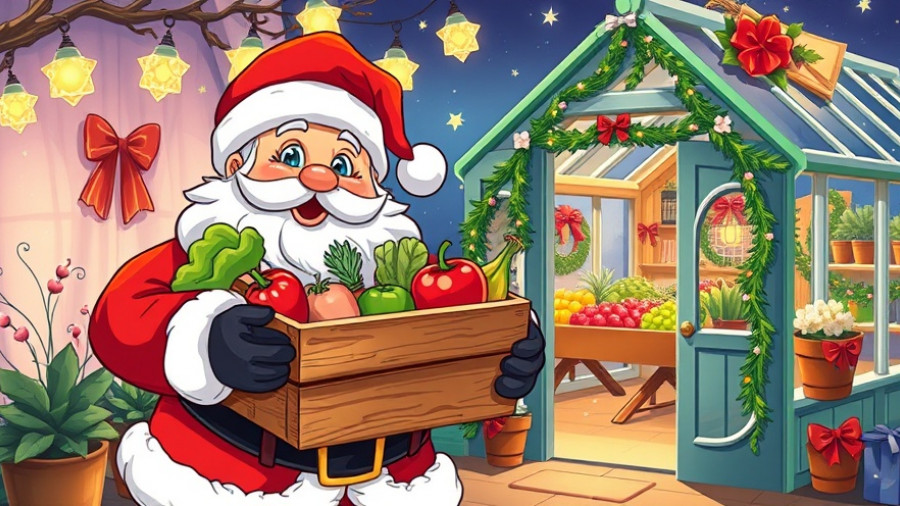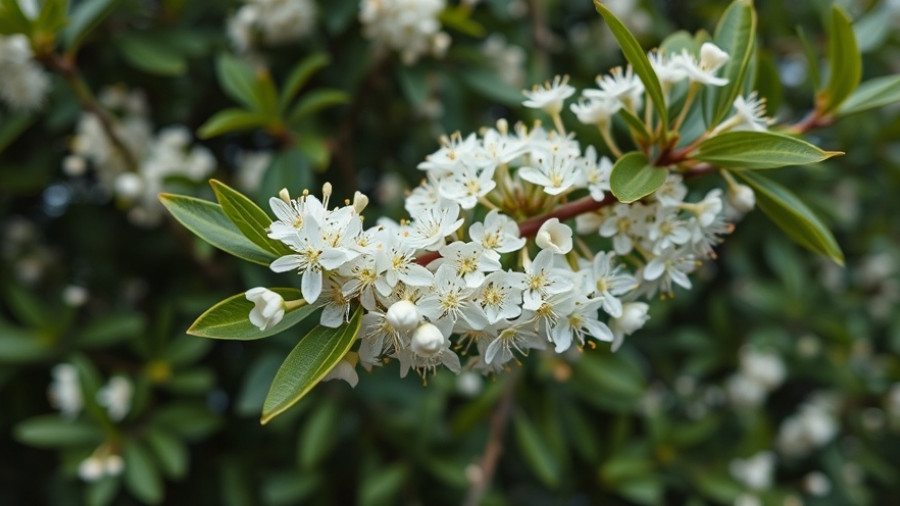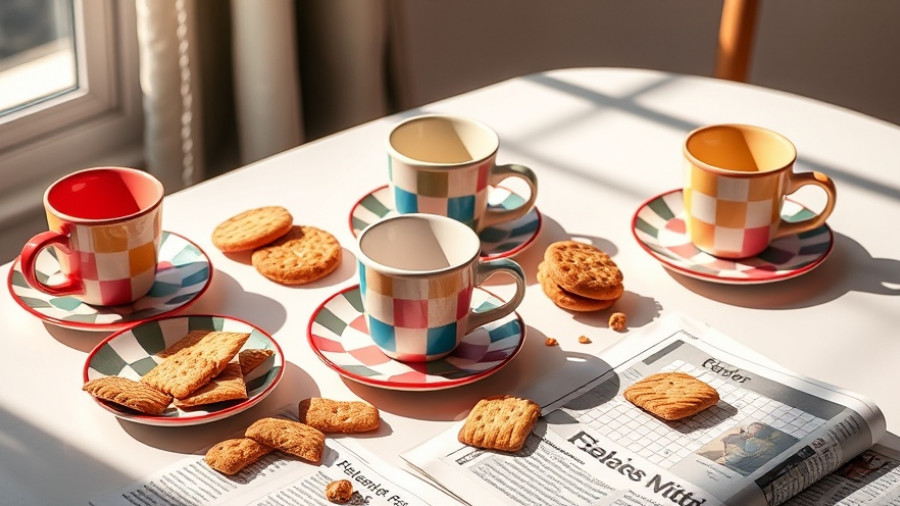
Embrace Autumn: Supporting Pollinators with Lasting Blooms
As the leaves begin to turn brown and summer flowers fade, many gardeners may feel the urge to put away their tools. However, autumn presents a unique opportunity to nurture both your garden and local wildlife. With the warm soil still conducive to growth, this season allows for the introduction of vibrant, late-blooming plants that can support struggling pollinators like bees and butterflies as they prepare for the winter months. Let’s explore 10 stunning autumn plants that will not only brighten your garden but also make a significant impact on the environment.
1. Echinacea: A Splash of Color and Nutrients
The coneflower, or Echinacea, shines with its vibrant, conical blooms that last well into late autumn. These flowers are a beacon for pollinators; their rich, nectar-filled centers make them a favored food source for both bees and butterflies during the chilly months. Planting Echinacea in your garden not only adds a burst of color but serves as a crucial nutrition provider for the bee populations that are vital to our ecosystem.
2. Salvia: Nature's Magnet for Pollinators
Known for their vibrant tubular flowers, salvias bloom profusely well into the fall, acting as a much-needed bridge to fill the "nectar gap." Their allure for bees and butterflies means that not only does your garden stay vibrant, but it also contributes directly to the survival of these essential pollinators. As a tech-savvy homeowner, consider incorporating salvias into your landscape design to create both an aesthetically pleasing and environmentally-friendly habitat.
3. Dahlias: Nectar Rich and Beautiful
Single-flowered dahlias are a gardener's delight, attracting pollinators with their open, central discs bursting with nectar. These flowers not only serve as a food source but also brighten up your space with their radiant colors, enhancing your outdoor area’s charm. Dahlias are perfect for young homeowners looking to create a blooming garden that serves a dual purpose.
4. Japanese Anemone: Late Blooming Beauties
Providing a late-season burst of pink and white blossoms, Japanese anemones have a mesmerizing aesthetic. Their extended flowering period allows them to stand tall when other flowers have wilted. With their pollen-filled centers, they become a feast for a variety of insects. Cultivating these resilient flowers in your garden creates a tapestry that supports biodiversity even during autumn.
5. Verbena Bonariensis: An Essential Nectar Provider
This delightful perennial is not only visually appealing but also provides clouds of tiny purple flowers, perfect for attracting pollinators. Verbena bonariensis flowers from late summer into autumn, cementing its status as a necessary addition to any garden. Its height and airy structure can also give your garden a soft, elegant look while serving a role critical for seasonal pollination.
6. Crocosmia: Exotic Flair for Autumn
Crocosmia offers a stunning display with its fiery red and orange blooms. These striking flowers aren’t just eye-catching; they're rich in nectar, irresistible to bees and butterflies. Incorporating these into your garden can create an exotic feel while fostering a nurturing habitat for essential pollinators.
7. Aster: The Classic Autumn Companion
Asters, with their dazzling hues of purple, pink, and white, exemplify the beauty of autumn. Their spiky centers provide ample nectar, luring in bees until the first frost hits. These plants not only extend the blooming season but also support the vibrant life of the garden long after summer’s end.
8. Kniphofia: The Red Hot Poker
A dynamic addition to your garden, Kniphofia, or Red Hot Poker, stands out with its tall, fiery flowers that bloom from late summer into autumn. These plants produce a generous amount of nectar that attracts diverse pollinators, ensuring your garden remains lively as winter approaches.
9. Sedum: Perfect Landing Pads for Pollinators
With its flat flower heads, Sedum acts as an ideal landing pad for bees and butterflies. The nectar-rich flowers provide essential sustenance for pollinators while also being a low-maintenance option for homeowners seeking environmental sustainability in their gardens. Add Sedum to your autumn planting list and see how it transforms your outdoor space.
10. Mahonia: A Year-Round Wonder
Finally, Mahonia stands out as a late-season champion with its long spires of yellow blooms, blooming even in winter. It bridges the seasonal nectar gap, providing food for birds and pollinators alike. As a sustainable choice, Mahonia ensures your garden continues to benefit wildlife long after autumn’s splendor has passed.
Taking Action for Our Pollinators
As you consider enhancing your garden, remember the vital role that pollinators play in sustaining our ecosystems. By planting late-blooming flowers, you’re not just beautifying your environment but also supporting the health and wellbeing of local wildlife. Explore local nurseries or gardening groups to find these plants, and engage with community members to share tips on creating thriving, pollinator-friendly gardens. This autumn, let’s celebrate the beauty of nature and work together for a greener future.
 Add Row
Add Row  Add
Add 




Write A Comment